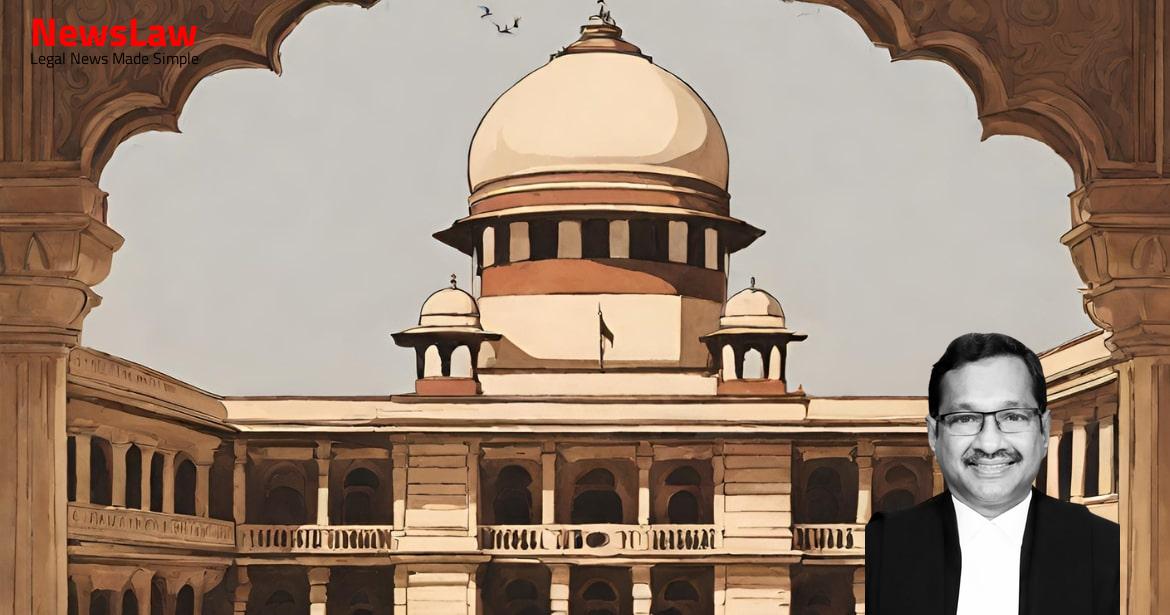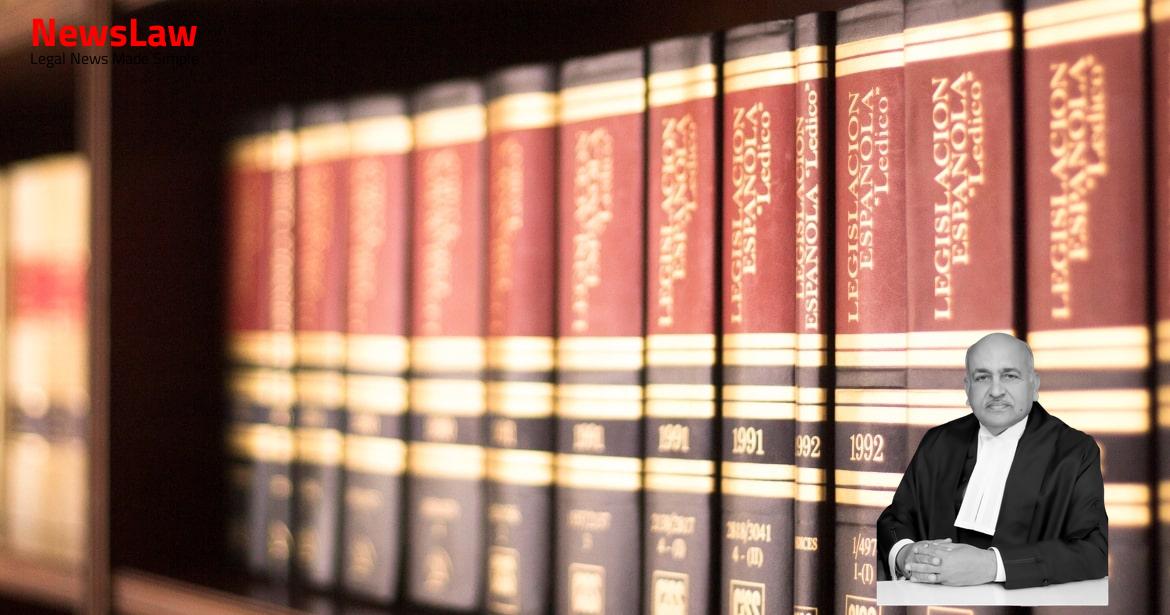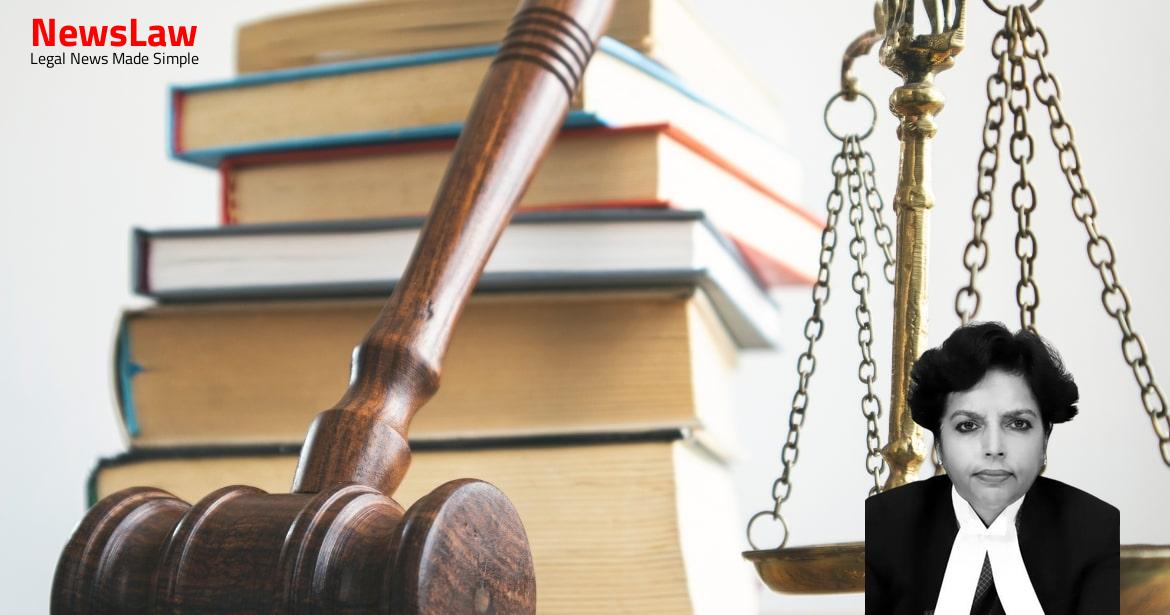326, 230 and 847 of 2005 thereby dismissing the appeals filed by Shibu @ Shibu Singh (accused No 1) and Boby (accused No 3/appellant herein), thereby upholding the judgment of conviction and sentence dated 18 December 2004, passed by the Additional Sessions Judge, Fast Track Court–II (Ad-hoc Court), Thrissur (hereinafter referred to as “the trial court”) in Sessions Case No. Due to the fear that Vishwanathan (deceased) would disclose to the police about his escape from jail, Shibu @ Shibu Singh (accused No 1) along with other accused persons, namely, accused No 2 to accused No 7 came in a jeep to the house of Vishwanathan (deceased) on 20.11.2000 at 08.00 p.m. Next day, i.e., on 21 November 2000, Leela (Complainant/PW-1) along with Babu (PW-6) lodged her statement (Ext. Shibu @ Shibu Singh (accused No 1) and Biju @ Babu (accused No 2) were arrested on 28 November 2000 from a lodge at Guruvayoor by the Guruvayoor Police. At the conclusion of trial, the learned trial court found Shibu @ Shibu Singh (accused No 1), Biju @ Babu (accused No 2) and Boby (accused No 3/appellant herein) guilty of the offences charged with and accordingly sentenced them to undergo life imprisonment for the offence punishable under Section 302 read with Section 34 IPC.
Also Read: https://newslaw.in/case-type/civil/remand-of-writ-petition-for-restoration-and-decision-on-merits/
3/appellant herein), but was pleased to allow the appeal preferred by Biju @ Babu (accused No 2), thereby setting aside the judgment of conviction and sentence of the trial court insofar as Biju @ Babu (accused No 2) was concerned. It is further submitted that the High Court also observed the glaring discrepancies in the statement of the Complainant/PW-1 with regard to Biju @ Babu (accused No 2) on the basis of which, the High Court acquitted the said accused Biju @ Babu (accused No 2) of all the charges levelled against him.
It is submitted that, on perusal of evidence on record in the instant matter, neither such Memorandum under Section 27 of the Evidence Act was prepared at the time of the recovery of the body of deceased Vishwanathan, nor were signatures of independent or panch witnesses taken at the time of said recovery. State of Maharashtra, has laid down the golden principles with regard to conviction in a case which rests entirely on circumstantial evidence. A close analysis of this decision would show that the following conditions must be fulfilled before a case against an accused can be said to be fully established: ( 1 ) the circumstances from which the conclusion of guilt is to be drawn should be fully established. The Court holds that it is a primary principle that the accused ‘must be’ and not merely ‘may be’ guilty before a court can convict the accused.
The trial court has relied on the following circumstances: (i) Last seen together with the deceased; (ii) Recovery of the stolen material including jewellery from accused No.3-Boby; (iii) Recovery of spade from accused No 1-Shibu @ Shibu Singh; (iv) Recovery of the dead body at the instance of accused No. The learned Division Bench of the High Court, though found that the prosecution had failed to prove the case beyond reasonable doubt insofar as accused No.2 was concerned, held that, insofar as accused Nos. The last-seen theory comes into play where the time-gap between the point of time when the accused and the deceased were last seen alive and when the deceased is found dead is so small that possibility of any person other than the accused being the author of the crime becomes impossible. In this case there is positive evidence that the deceased and the accused were seen together by witnesses PWs 3 and 5, in addition to the evidence of PW 2.” It could thus clearly be seen that the last-seen theory comes into play where the time-gap between the point of time when the accused and the deceased were last seen alive and when the deceased is found dead is so small that possibility of any person other than the accused being the author of the crime becomes impossible.
However, the crucial question would be as to whether it can be held that the prosecution had established beyond reasonable doubt that the recovery of dead body was at the instance of Boby (accused No 3/appellant herein). As early as 1946, the Privy Council had considered the provisions of Section 27 of the Evidence Act in the case of Pulukuri Kotayya and Others v.
The condition necessary to bring the section into operation is that the discovery of a fact in consequence of information received from a person accused of any offence in the custody of a police officer must be deposed to, and there upon so much of the information as relates distinctly to the fact thereby discovered may be proved. But if all that is required to lift the ban be the inclusion in the confession of information relating to an object subsequently produced, it seems reasonable to suppose that the persuasive powers of the police will prove equal to the occasion, and that in practice the ban will lose its effect. It leads to the discovery of the fact that a knife is concealed in the house of the informant to his knowledge, and if the knife is proved to have been used in the commission of the offence, the fact discovered is very relevant.
In the said case also, no statement of accused No 1 was recorded under Section 27 of the Evidence Act leading to the recovery of jewels. It is thus clear that this Court refused to rely on the recovery of jewels since no confessional statement of the accused was proved under Section 27 of the Evidence Act. It is, therefore, necessary for the benefit of both the accused and the prosecution that information given should be recorded and proved and if not so recorded, the exact information must be adduced through evidence.
Emperor [AIR 1947 PC 67 : 48 Cri LJ 533 : 74 IA 65] is the most-quoted authority for supporting the interpretation that the “fact discovered” envisaged in the section embraces the place from which the object was produced, the knowledge of the accused as to it, but the information given must relate distinctly to that effect.
Also Read: https://newslaw.in/case-type/criminal/presumption-of-genuine-endorsements-in-cheque-case/
If, it is say of the investigating officer that the accused appellant while in custody on his own free will and volition made a statement that he would lead to the place where he had hidden the weapon of offence, the site of burial of the dead body, clothes etc., then the first thing that the investigating officer should have done was to call for two independent witnesses at the police station itself. This first part of the panchnama for the purpose of Section 27 of the Evidence Act is always drawn at the police station in the presence of the independent witnesses so as to lend credence that a particular statement was made by the accused expressing his willingness on his own free will and volition to point out the place where the weapon of offence or any other article used in the commission of the offence had been hidden.
If we read the entire oral evidence of the investigating officer then it is clear that the same is deficient in all the aforesaid relevant aspects of the matter.” This Court has elaborately considered as to how the law expects the IO to draw the discovery panchnama as contemplated under Section 27 of the Evidence Act.
Another circumstance on which the High Court relied was that the recovery of ornaments was at the instance of Boby (accused No 3/appellant herein). The trial court again held that the place from where the spade was recovered was already known from the disclosure statement of Boby (accused No. The recovery of the spade at the instance of Shibu @ Shibu Singh (accused No 1) is from a place which, even according to the trial court, was also known on account of the disclosure statement made by Boby (accused No 3/appellant herein).
…… The provisions of Section 27 of the Evidence Act are based on the view that if a fact is actually discovered in consequence of information given, some guarantee is afforded thereby that the information was true and consequently the said information can safely be allowed to be given in evidence because if such an information is further fortified and confirmed by the discovery of articles or the instrument of crime and which leads to the belief that the information about the confession made as to the articles of crime cannot be false…..” 33.
Also Read: https://newslaw.in/case-type/civil/medical-negligence-and-compensation-a-landmark-decision/
The Court held that the provisions of Section 27 of the Evidence Act are based on the view that if a fact is actually discovered in consequence of information given, some guarantee is afforded thereby that the information was true and consequently the said information can safely be allowed to be given in evidence. The bail bonds of the accused shall stand discharged.
Case Title: BOBY Vs. STATE OF KERALA (2023 INSC 23)
Case Number: Crl.A. No.-001439-001439 / 2009



